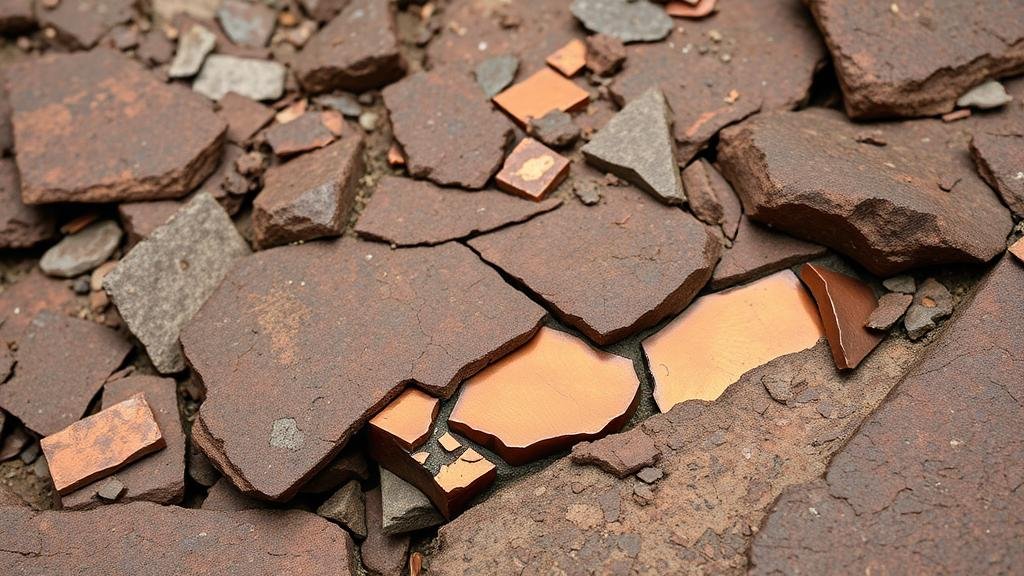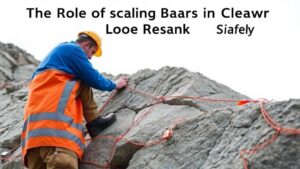Techniques for Recovering Copper from Weathered Rock Layers
Techniques for Recovering Copper from Weathered Rock Layers
Copper is one of the most important metals in the world, widely used in electrical wiring, plumbing, and various manufacturing processes. As geological exploration continues to evolve, the recovery of copper from weathered rock layers–primarily through mining and metallurgical techniques–has become a crucial focus. This article explores effective methods for extracting copper from altered geological formations, discussing their principles, applications, and environmental considerations.
Understanding Weathered Rock Layers
Weathered rock layers consist of materials that have undergone significant physical and chemical weathering due to environmental factors such as wind, rain, and temperature fluctuations. This weathering process often leads to the oxidation of copper minerals, making them more amenable to extraction. The two main types of copper-bearing minerals commonly found in weathered rock are:
- Oxide Minerals: Such as malachite (Cu2CO3(OH)2) and azurite (Cu3(CO3)2(OH)2), which are formed from the alteration of primary sulfide minerals.
- Sulfide Minerals: Including chalcopyrite (CuFeS2) and bornite (Cu5FeS4), which may also be found in these layers, although their extraction typically requires more intensive processing.
Recovery Techniques
1. Leaching
Leaching is a widely utilized technique for recovering copper from weathered rocks, particularly oxide ores. This process involves the application of a leaching solution–commonly sulfuric acid (H2SO4)–to dissolve copper from its ore. The steps include:
- Heap Leaching: Involves piling ore on a leach pad and infiltrating it with leach solutions. The copper-rich solution is then collected and processed further.
- In-situ Leaching: This technique entails injecting leaching solutions into the natural deposit, allowing the copper to dissolve and flow back to the surface for collection.
According to the International Copper Study Group, heap leaching can achieve copper recoveries of up to 80% from oxide ores, making it a cost-effective method compared to traditional smelting.
2. Solvent Extraction and Electrowinning (SX/EW)
This method is used in conjunction with leaching to further purify the copper eluate. The process can be broken down as follows:
- Solvent Extraction: The copper-laden solution from leaching is mixed with an organic solvent that selectively feeds on copper ions. The copper is transferred to the organic phase, separating it from impurities.
- Electrowinning: The final step involves passing an electric current through the copper-rich solution, prompting the deposition of pure copper onto cathodes.
This SX/EW method boasts recovery efficiencies of more than 90% and produces copper with a purity exceeding 99.9%, which is crucial for electrical applications.
3. Biotechnological Approaches
Advances in biotechnology have led to the development of bioleaching techniques that utilize microorganisms to facilitate the extraction of copper from ore. Specific bacteria, such as Acidithiobacillus ferrooxidans, oxidize iron and sulfur compounds, releasing copper in the process. The benefits include:
- Lower energy requirements compared to conventional methods.
- Potential for processing low-grade ores that would otherwise be uneconomical.
Studies indicate bioleaching can recover up to 60% of copper from low-grade weathered ores, presenting an environmentally friendly alternative to traditional methods.
Environmental Considerations
While recovering copper from weathered rock layers presents economic opportunities, it is also essential to consider environmental impacts. Techniques such as leaching can lead to soil and water contamination if not managed properly. To mitigate these risks, the following strategies can be applied:
- Strict monitoring and regulation of leaching solutions to minimize leachate dispersion.
- Rehabilitation of mined areas to restore ecological balance.
- Utilization of closed-loop systems to recycle leaching solutions.
Conclusion
Recovering copper from weathered rock layers employs various techniques, including leaching, SX/EW, and biotechnological methods. Each method has its advantages and applications based on the geological characteristics and economic viability. As the demand for copper continues to grow, developing sustainable and efficient recovery techniques is crucial for the industrys future and environmental health.
Actionable Takeaways:
- Keep abreast of developments in copper recovery technologies to explore the most efficient methods.
- Adopt environmentally responsible practices in mining operations to mitigate adverse impacts.
- Consider the exploration of biotechnological methods to address low-grade ore resources sustainably.



